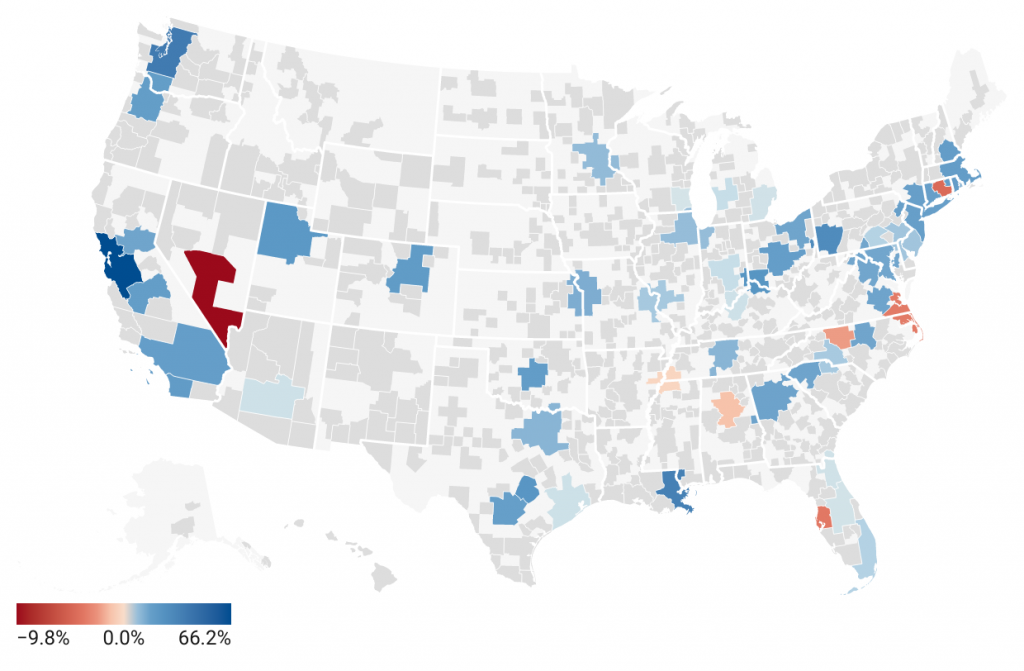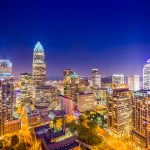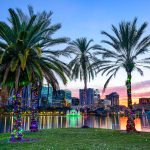Test
Test Caption

2022’s
Fastest-Growing U.S.
Cities, Ranked

1

San Francisco Bay Area, CA
During the past decade, Silicon Valley has become synonymous with innovation, tech jobs and startup-fueled growth as software applications play increasingly essential roles in modern life. The COVID-19 pandemic caused a spike in remote work and virtual gatherings, drastically expanding the valuation and cultural status of companies like San Jose-based Zoom. Worrisome signs for the region include announcements of hiring freezes and layoffs, and sharp jumps in the number of active real estate listings – as well as measures of homebuyer demand and competition – indicate the region’s housing market is among the fastest declining nationwide.
2

Austin, TX
Austin’s status as a technology hub along with its high concentration of venture capital, warm climate and vibrant cultural offerings lead to frequent comparisons with the Bay Area – and in fact, high-profile Silicon Valley companies, including Amazon, Google, Oracle and Tesla, have recently expanded their operations in Austin. But those leaving the Bay Area may be bringing their former region’s housing issues with them – the median home value in Austin increased from $349,156 in August 2020 to $566,479 in August 2022, with average multifamily rents rising 10% year over year. And there are signs of hiring rates slowing down as 2022 has progressed, indicating that Austin’s labor boom may have already peaked.
3

Seattle, WA
While Seattle performs well in many of the top industries now driving growth – including software and biotech – it also stands out as a leader in clean energy. The city has recently experienced the construction of manufacturing labs for clean tech development, enacted new initiatives for cleaner buildings, and signed a Green New Deal in September 2022. In addition, Seattle-based giants Amazon and Microsoft have signaled their intent to expand integration of clean hydrogen to power their businesses. Given younger job-seekers show particular interest in environmental careers, these developments indicate positive growth prospects for the industry – and area – moving forward.
4

Raleigh and Durham, NC
The Research Triangle (so named for the area’s triumvirate of Duke University, North Carolina State University, and the University of North Carolina at Chapel Hill) has long been a powerhouse for biotech – and even amid possible cuts in the industry nationwide, more than $1 billion worth of biotech laboratory construction is underway in the greater Raleigh area. The Triangle hosts a bevy of tech companies among its top employers as well, including Cisco, Epic Games, IBM and Red Hat. They’ll soon be joined by Apple, which announced in 2021 its intention to invest $1 billion to establish its first East Coast campus in the Triangle – along with a $100 million fund for area schools and $110 million earmarked for infrastructure across the state.
5

Dallas, TX
During the peak months of the COVID-19 pandemic, no metro area’s population grew more than Dallas-Fort Worth. The area’s addition of 97,290 people between June 2020 and July 2021 was not entirely surprising, however, as the area has reported robust and positive population growth each year since 1950. The region’s persistent attractiveness to new migrants is likely due – at least in part – to its diversity and strength across industries, with healthcare being a major driver of economic growth. In total, 19 Fortune 500 companies are based in Dallas, including AT&T, CBRE Group, Exxon Mobil, Southwest Airlines and Texas Instruments.
6

Denver, CO
Denver’s growth has certainly been fueled by rising migration away from urban areas, but a less-discussed aspect of the area’s population boom has been the city’s retention of its natives and young workers. An August 2022 study found that a whopping 71% of millennials who lived in Denver at age 16 either stayed or returned by the time they turned 26. Software and financial services are among the region’s fastest-growing industries, with its aerospace, digital communications, and food and beverage sectors also expanding.
7

Salt Lake City, UT
Beginning in 2020, Salt Lake City has rolled out initiatives with the broad goal of building a culture of innovation. These have included efforts to simplify the city’s financial system, expand the provision of digital and broadband, tackle climate change solutions and invest more heavily in entrepreneurship and startups. Meanwhile, the scientific and technical services sector reported 60% growth over the past ten years, with other sectors such as healthcare, retail trade, educational services and manufacturing also growing during the past decade. But the city is not immune to problems affecting similar high-growth areas, such as sharp rises in rent and expenses that have led to many businesses being priced out.
8

Charlotte, NC
The greater Charlotte area has boomed in recent years. After adding nearly 20,000 new jobs in Q2 2022, the region has added an additional 12,000 new jobs in the first two months of Q3, putting it on track to report its ninth consecutive quarter of job growth. This second-largest banking center in the United States (behind New York City) is home to headquarters for Bank of America, Truist Financial and the East Coast operations of Wells Fargo. But financial services are not the city’s only standout sector, with education, health and professional and business services all outperforming national averages. Manufacturing, too, is on the rise, with Red Bull planning a $740 million multipurpose campus to be constructed in neighboring Concord. This latest addition is set to drive major job growth in the region, further diversifying the area’s economic prospects.
9

New Orleans, LA
Tourism’s post-COVID rebound has greatly bolstered New Orleans’ economic standing in recent months, as the city’s leisure and hospitality services industry grew 6% between August 2021 and August 2022. Other established sources of revenue for the city include numerous offshore petrochemical plants and the Port of New Orleans, which is in the midst of a $100 million expansion. One potential threat to the regrowth of the tourism sector, however, is the city’s newly acquired status as home to the most homicides per capita. In addition, New Orleans had far less employment growth than the rest of the top 10 – a data point supported anecdotally by a variety of employers, many of whom report a shortage of workers – which could indicate the city has even more room to grow in coming years.
10

Orlando, FL
Orlando may be most strongly associated with its theme parks, and tourism does constitute roughly one-third of the economy for Florida’s fastest-growing city. But its volume of visitors is also bolstered by the city’s role as the second-largest trade show destination in the U.S., and is fed by three international airports. Taken together, tourism generates enough revenue for the city to offset significant tax incentives for sectors such as aerospace. In addition, Orlando is known as one of the modeling and simulation capitals of the world, boasting a $6 billion sector in this growing field that features not only public sector and military employers, but also a growing number of private sector employers in healthcare, gaming and virtual reality.

Test Blue
Panel Caption Blue
sad
Test Green
Panel Caption Green
123